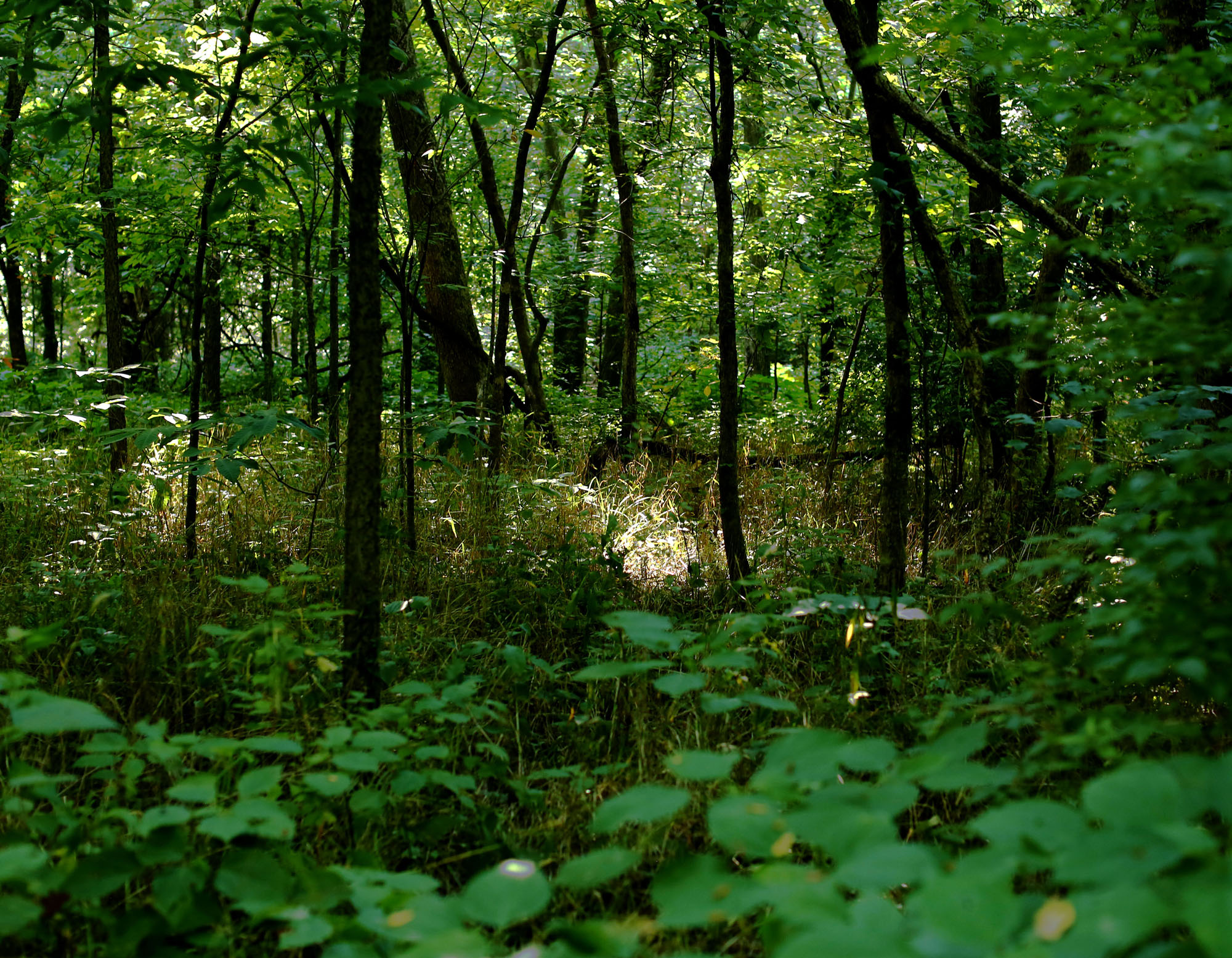Shinrin-yoku: How the practice of forest bathing helps people and nature connect

Imagine if trees could speak. What would they say? As you’re walking through a forest, what would you hear? Imagine hearing screams, weeping, calls for help as all the trees surrounding suffer in a loud silence. But what if the trees could project feelings outward? Would they exude confusion, anger, sadness, fear, hopelessness, hopefulness?
With everything forests do to sustain human life, including providing oxygen, it’s hard to understand why they are suffering at the hands of humans today. Climate change is choking the life out of forests worldwide. Changes in the temperature, weather and elevated levels of carbon dioxide are impacting forest ecosystems all over the planet. Humans are the main culprits.
Trees absorb carbon dioxide from the atmosphere and store it in their roots, branches and leaves. In one year, the amount of carbon an acre of mature trees absorb is equivalent to the carbon produced if a person were to drive a car for 26,000 miles. This is a lot of carbon dioxide that humans don’t have to breathe in. However, it takes about a century for trees to reach maturity. Most trees in the United States have not reached 100 because they are constantly being cut down. This means that those young trees cannot take in as much carbon and therefore remain more vulnerable to events like flooding and drought. Trees routinely keep the air clean by producing oxygen and absorbing carbon dioxide. This ecological process is threatened by an increasing population spewing harmful toxins and gasses into the atmosphere.
The fluctuation in temperatures across the U.S., attributable to climate change, causes extreme weather events like flooding and droughts to become more frequent. Warmer temperatures in the spring and summer cause the wood in trees to dry out and with a lack of water, forests can become kindling that attract erratic wildfires. According to the Environmental Protection Agency (EPA), 8 million acres of forest in the U.S. were consumed by fires in 2011, which is a phenomenon that is only made worse by the warming of the earth.
On the other hand, climate change is also increasing the frequency and severity of precipitation events, which can exacerbate flooding. Excessive water from flooding can reduce the amount of oxygen in the soil and harm the roots of trees, breaking or shifting them into unnatural positions. When there is a lack of oxygen in the soil, the roots begin to die, resulting in the tree being unable to absorb water. This leads to deterioration of the tree.
Forests deteriorate every day from the floods, droughts, extreme temperatures and other climate change-related effects that permeate the Midwest. While it does not take much for people to tune in to the importance of protecting natural ecosystems, one such technique of showing gratitude to the planet’s forests is shinrin-yoku. The ancient Japanese practice of forest bathing encourages observers to make contact with the forest and absorb all that it has to offer.
Kit Wiberg graduated from the Missouri School of Journalism in May 2021 with a bachelor’s degree in journalism – photojournalism.
